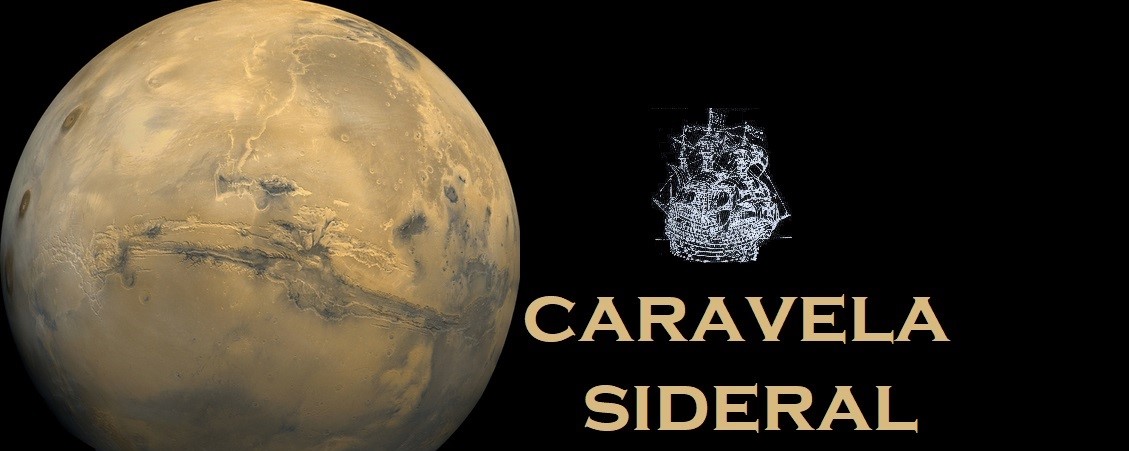A situação deverá mudar brevemente com a entrada em acção da Dragon tripulada da SpaceX e da CST-100 Starliner da Boeing e a médio prazo com a Orion da própria Nasa.
Segundo o site Spaceflight Insider, o primeiro voo não tripulado da Dragon deverá acontecer em Abril e o da Starliner em Agosto, podendo haver voos tripulados da primeira em Agosto e da segunda em Novembro.
Além disso, a Blue Origin poderá também começar com voos tripulados da sua cápsula suborbital também este ano.
With the end of the Space Shuttle, the United States and NASA have until today been unable to transport their astronauts into space and had to resort to Russia and its reliable Soyuz.
The situation should change soon with the launch of SpaceX's manned Dragon and the Boeing CST-100 Starliner and in the medium term with Nasa's own Orion.
According to the Spaceflight Insider website, Crew Dragon's first unmanned flight is expected to take place in April and Starliner must fly in August, with manned flights of the first in August and of the second in November.
In addition, Blue Origin may also begin with manned flights of its suborbital capsule this year as well.
 |
| Crew Dragon (right) versus Starliner (left) Imagens SpaceX e Boeing |
















